Brasilia
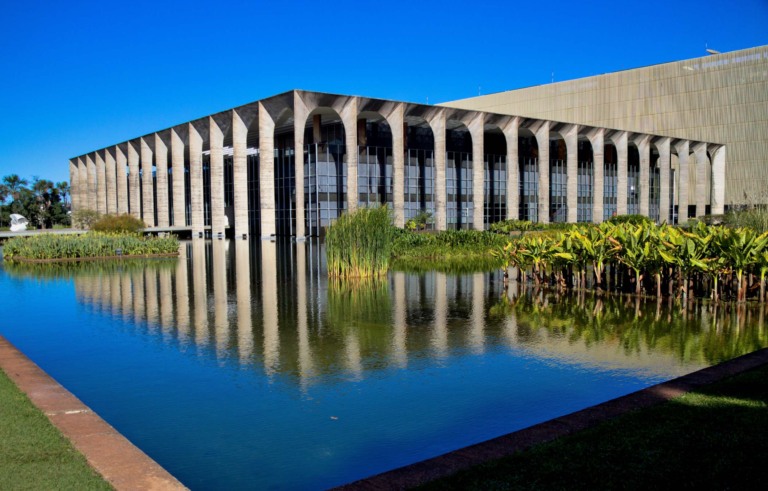
Facts about Brasilia Plan: Brasilia is the city of Brazil and the Federal District. It became a capital in 1960 and a UNESCO World Heritage Site in 1987.
Go to the hamburger menu. Tap Home » Landmarks » South American for better navigation. Alternatively, keep following posts or searching instead!

Facts about Brasilia Plan: Brasilia is the city of Brazil and the Federal District. It became a capital in 1960 and a UNESCO World Heritage Site in 1987.

Christ the Redeemer, or Cristo Redentor in Portuguese, is a huge statue of Jesus Christ on top of Mount Corcovado in Rio de Janeiro, Brazil.
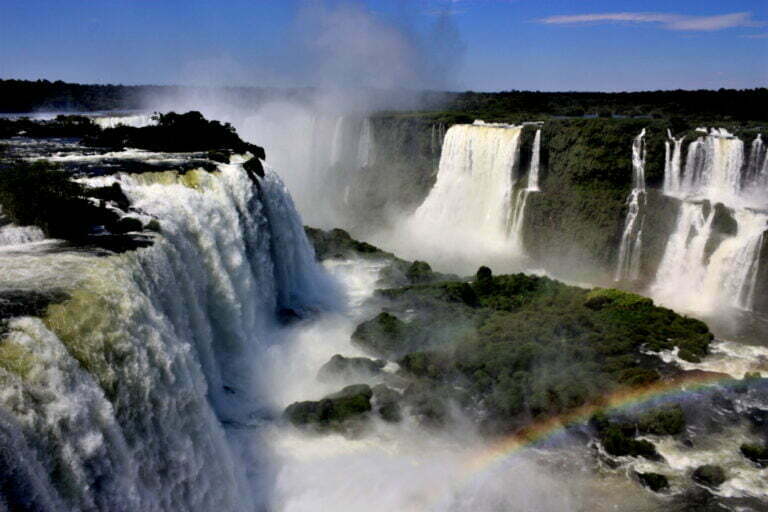
Iguaçu Falls, part of Iguaçu National Park in Paraná State, Brazil, shared with Iguazu National Park in Argentina, was a UNESCO World Heritage Site in 1986.

Iguazu falls tours both sides: comprise Iguazu falls in Argentina and Iguaçu Falls in Brazil were designated as UNESCO World Heritage Sites in 1984 and 1986.
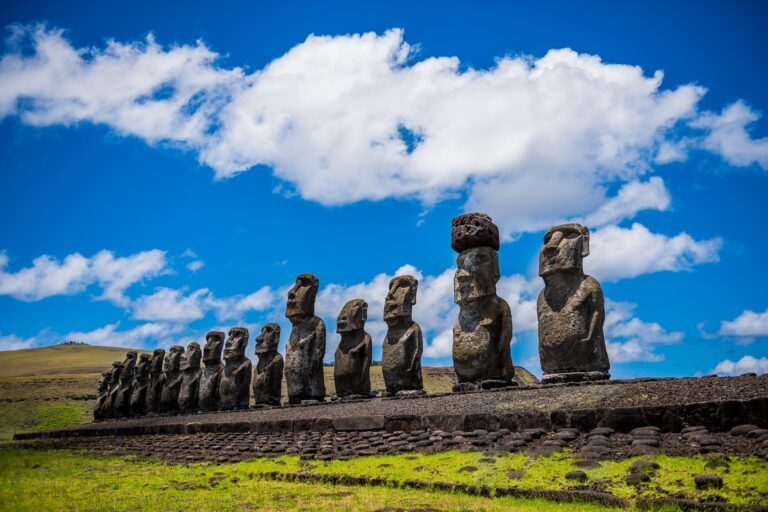
Easter Island, also known as Rapa Nui or Isla de Pascua in Spanish, is a Chilean territory located in the remote eastern Pacific Ocean, roughly 2,300 miles west of the Chilean coast and 2,500 miles east of Tahiti. Covering approximately 64 square miles, Easter Island is renowned for its extraordinary stone statues, known as Moai, numbering nearly 900, which were crafted by skilled artisans and engineers. These enigmatic sculptures remain unique in the realm of Polynesian culture. The purpose of these colossal figures and the techniques used to create and transport them continue to be subjects of speculation. This isolated island, the easternmost point of Polynesia, boasts a landscape adorned with these massive stone statues and other archaeological wonders. Easter Island’s history is marked by ecological challenges, including deforestation and resource depletion, which, according to some research, contributed to the decline of the ancient Rapa Nui civilization.
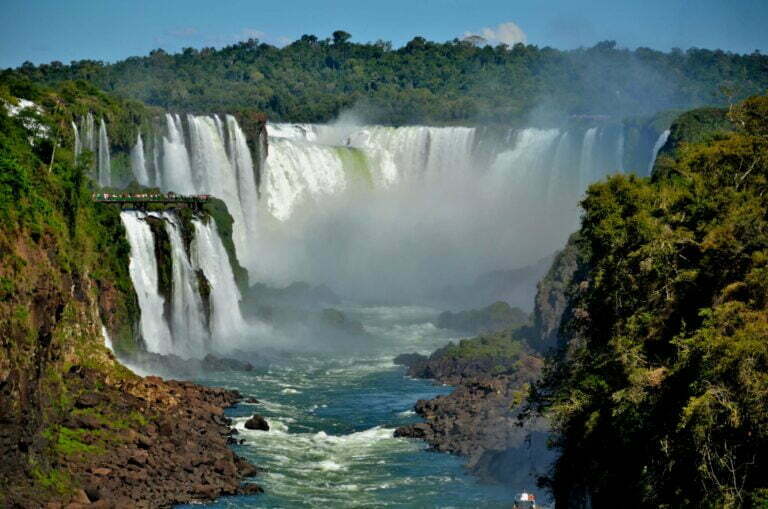
Iguazu National Park, or Iguazu Falls, is located in Misiones Province in the northeastern tip of Argentina and was a UNESCO World Heritage Site from 1984 onwards

Perito Moreno Glacier is in Los Glaciares National Park, situated in the southwest of Argentina's Santa Cruz Province, and has been designated a UNESCO World Heritage Site since 1981. This park is renowned for its natural wonder, the Perito Moreno Glacier, which is among the most captivating attractions in Argentine Patagonia. As one of the 48 glaciers within the Southern Ice Field of Patagonia, the Perito Moreno Glacier ranks among the largest. The sheer size of the Perito Moreno Glacier is awe-inspiring. This glacier spans 3 miles in width and is approximately 700 meters deep at its deepest point, covering an area of 100 square miles. It ranks as the third-largest freshwater source globally, after the Antarctic and Greenland ice sheets. The glacier has been forming for around 18,000 years, with its growth defying the global trend of glacier retreat associated with climate change.
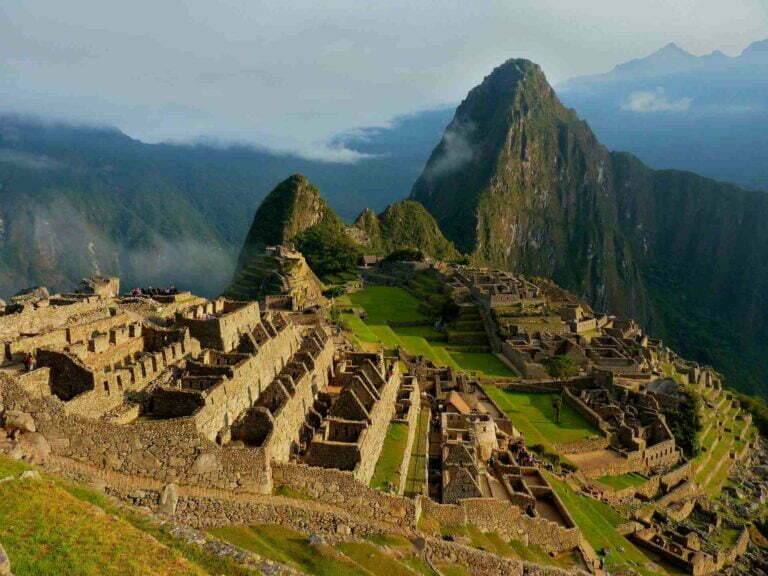
Machu Picchu was abandoned by the Inca civilization during the Spanish conquest in the 16th century and was largely forgotten. It is an ancient Inca citadel located in the Andes Mountains of Peru. It is one of the most famous and well-preserved archaeological sites in the world, and it is often referred to as the “Lost City of the Incas.” The site is known for its remarkable Inca stone construction, with precisely cut and fitted stones that fit together without the use of mortar. The architecture includes temples, terraces, plazas, and residential buildings. The mystery surrounding the site’s abandonment remains, although a lack of water is one possible explanation. Today, the layout of Machu Picchu impresses visitors, featuring terraced farms, aqueduct systems, plazas, living areas, terraces, a cemetery, and the main buildings, all interconnected by stone walkways. Here are some key facts and information about Machu Picchu:

UNESCO world heritage sites south America. South American heritage. Historical sites in south America. Historic sites in south America.